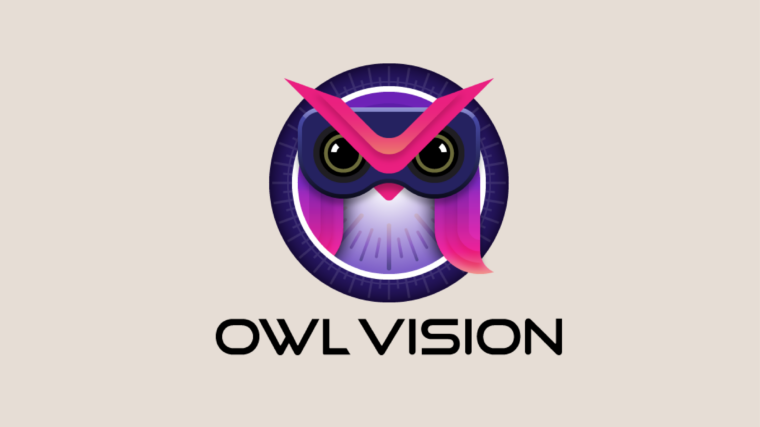Owl Vision

Activity Tracking & Visualization
Owl Vision is a tool to measure and visualize human behavior in digital space: while a user wearing a VR device is enjoying VR content, Owl Vision measures and records the user’s eye movements and body movements.
- The direction the body was facing for a long time
- Where the gaze came back repeatedly
- Temperature, humidity, and other aspects of the experience (when connected to an IoT sensor)
- Emotion of the experiencer, such as pleasure or discomfort (when connected to an electroencephalograph)
Those recorded data can be reviewed as a 360-degree image in heat map format in VR.
Features of the Product
Owl Vision is a suite of tools that consists of the following three tools. You can also select the part you need according to your needs.
Experience… Create 3D data of the space or object you want to simulate, and simulate it in the VR space. With multiple VR terminals, multiple users can gather in the same space and communicate through voice chat, etc.
Measurement… During the simulation in the VR space, each user’s body movements, behavioral transitions, environmental data, and biometric data can be measured and recorded.
Consideration… The measured and recorded data can be visualized in the VR space as a 360-degree image in the form of a heat map. This can also be checked by multiple users wearing VR devices. It is also possible to analyze the data using various methods such as funnel analysis and cross analysis, and create a reporting file.
Would you like to know more?
What We Can Offer
| Supported Technologies
- Image analysis (ML)
- Speech to Text (ML)
- Biosensor
- Realtime Server
- Photogrammetry
- Motion Tracking
- GPS
- Drone
- Data Analysis
- LiDAR Sensor
- 3D Printing
| Supported Platforms
- Unity
- 8th Wall
- Blippar
- A-Frame
- MediaPipe
| Supported Devices
- Meta Quest
- VIVE
- Pico
- Nreal
- Microsoft Hololens
- iOS Smartphone
- Android Smartphone